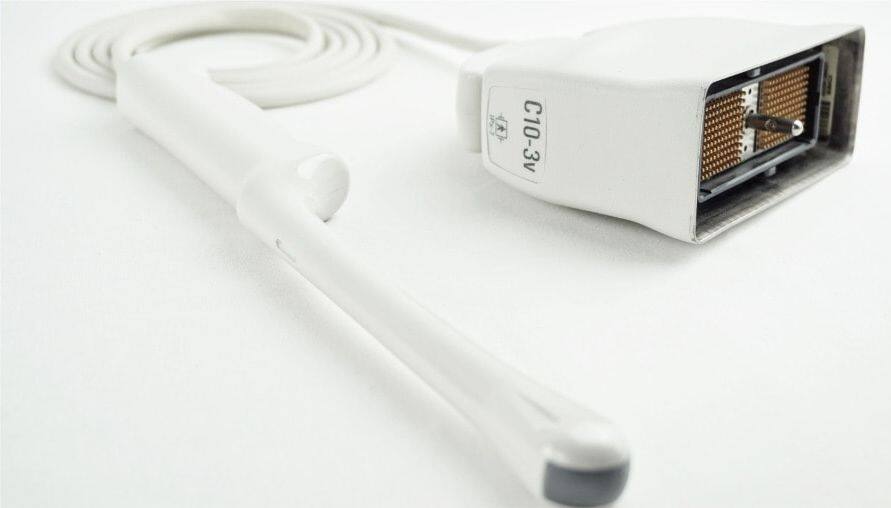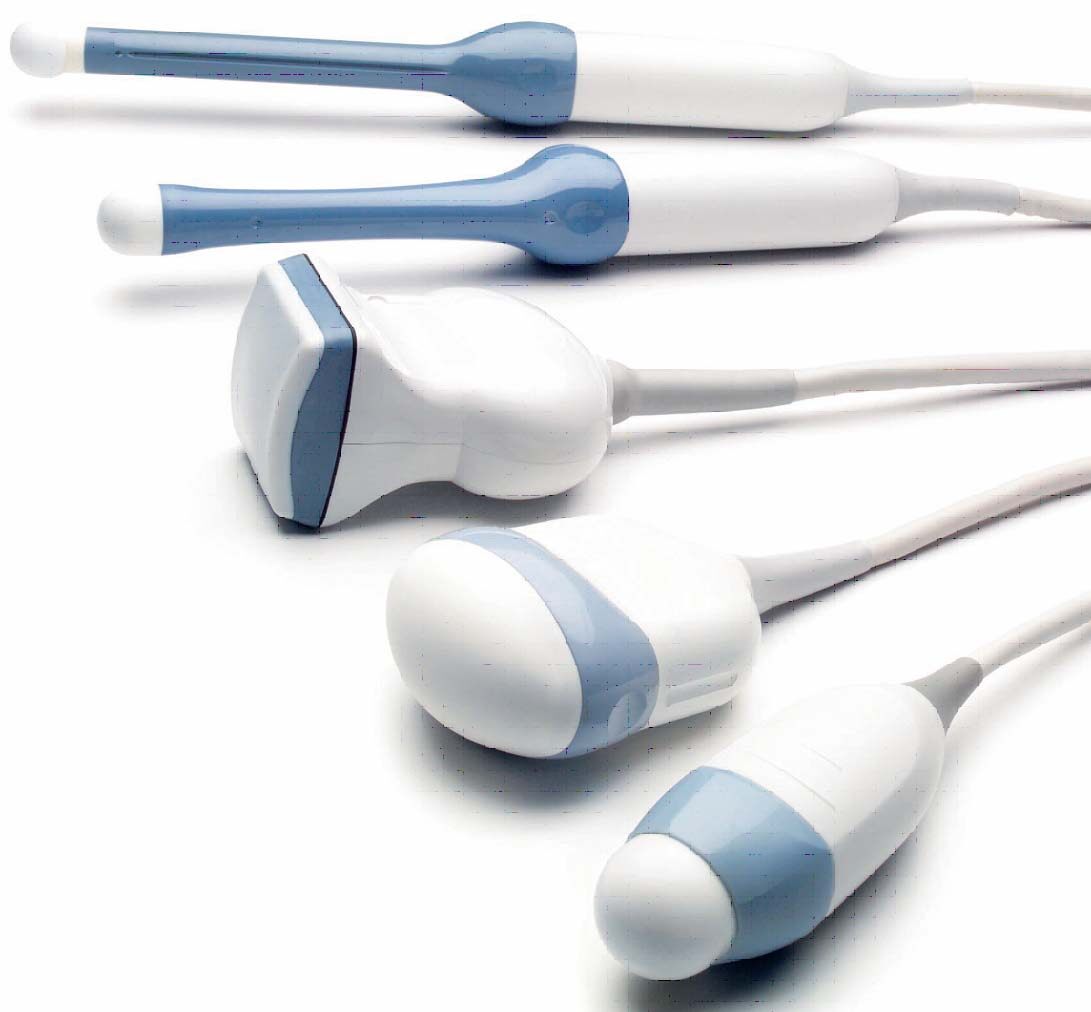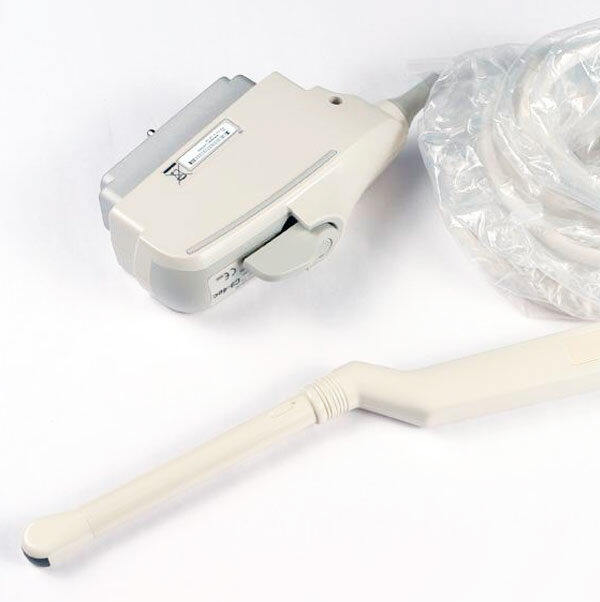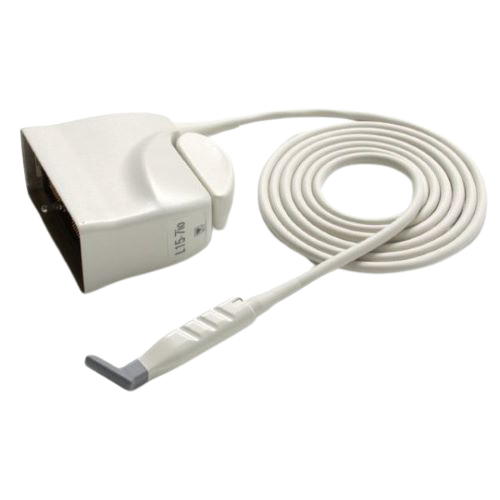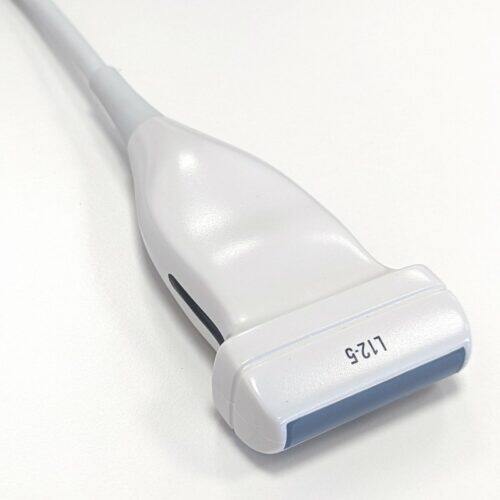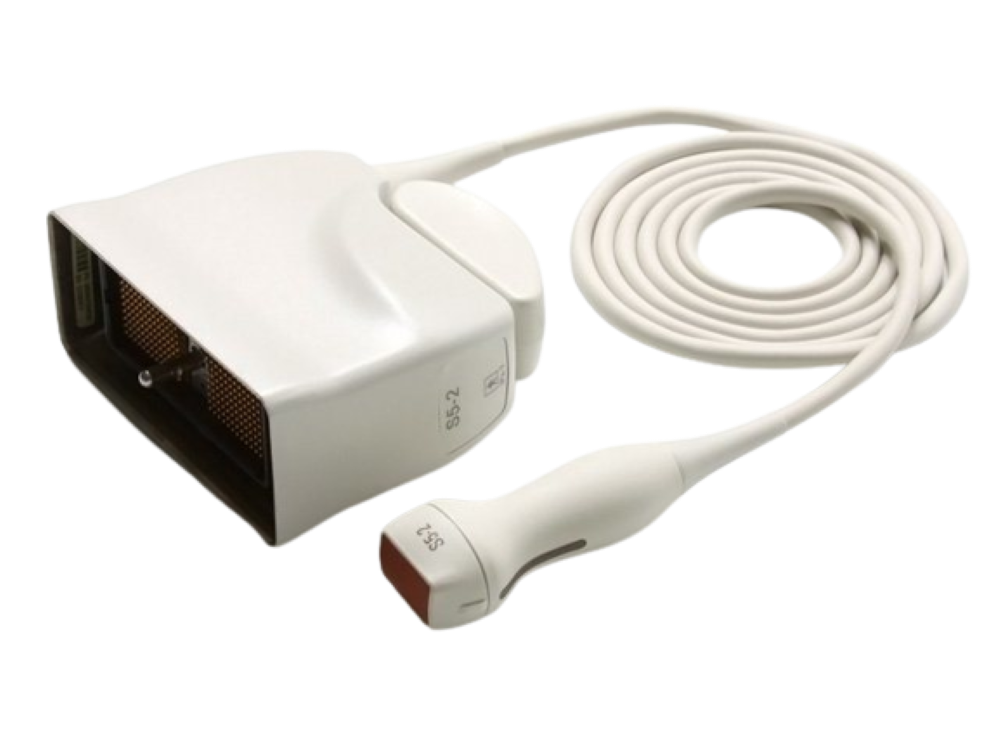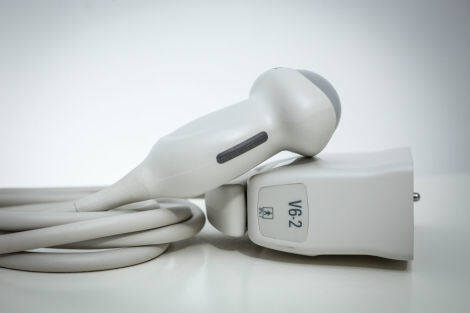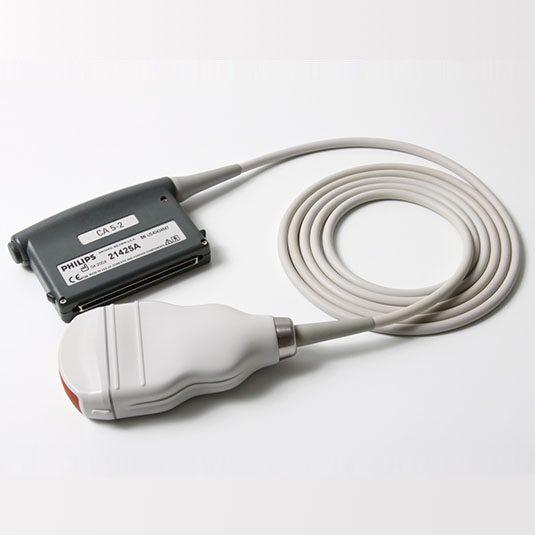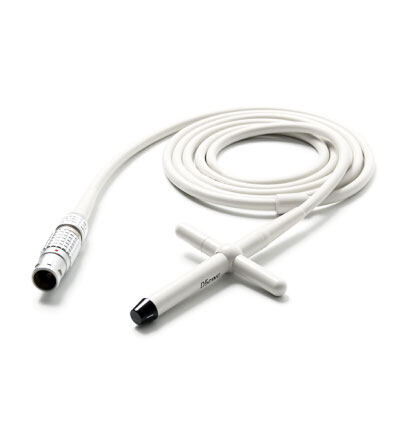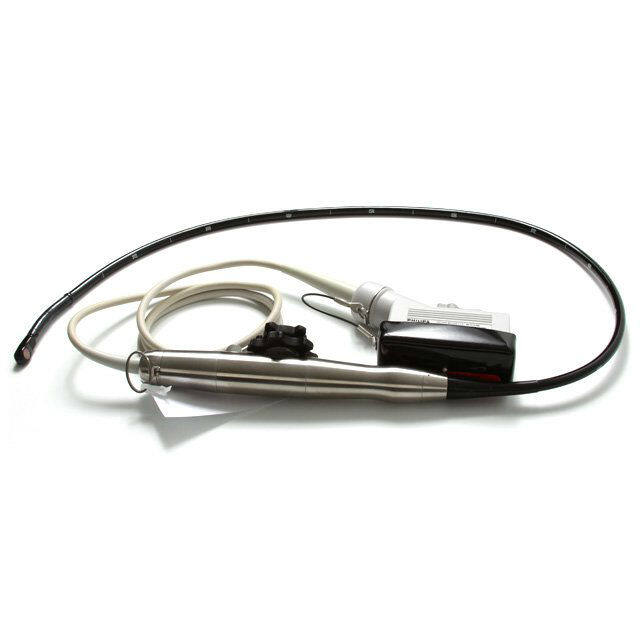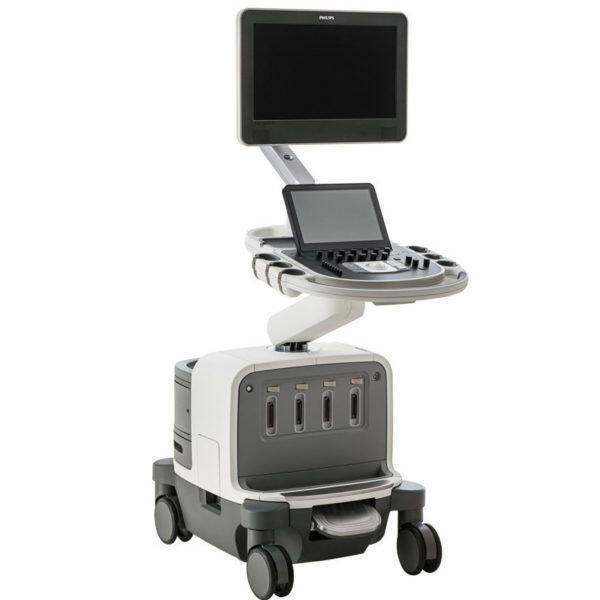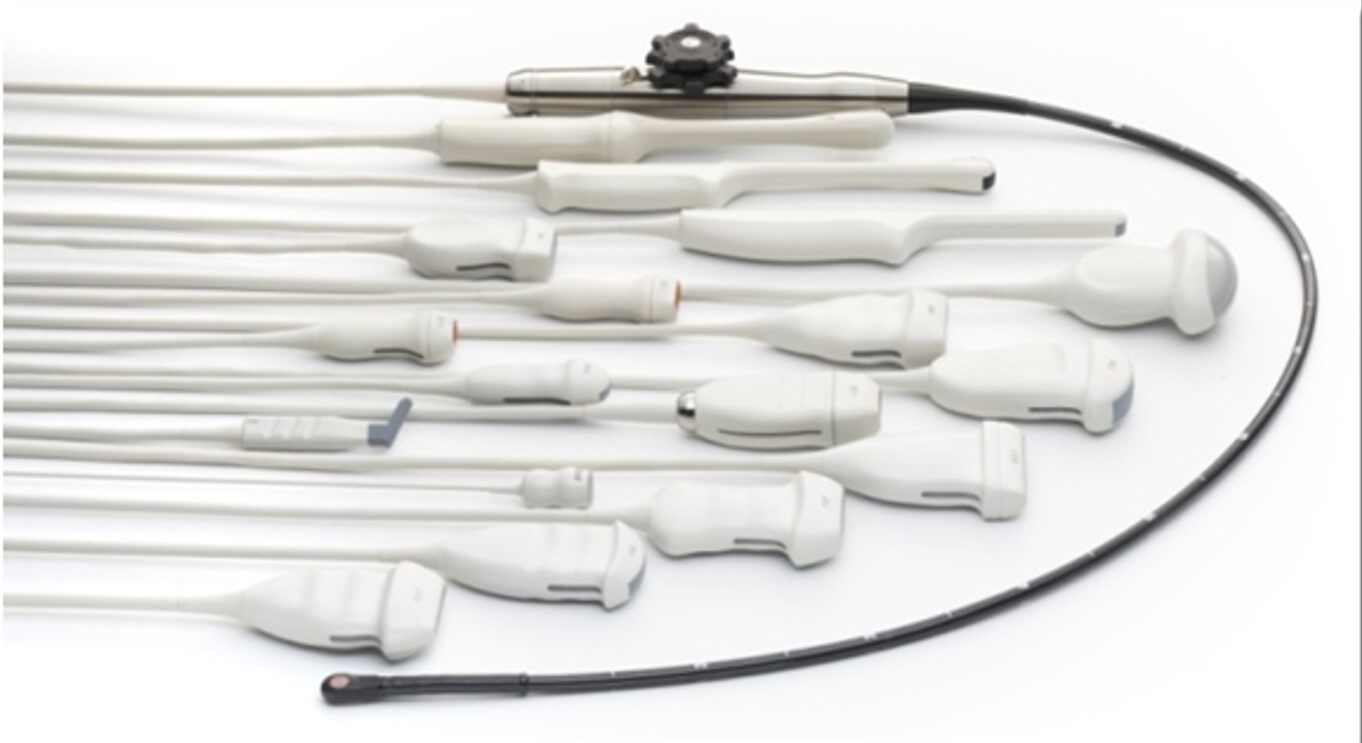In the realm of modern healthcare, ultrasound technology has revolutionized diagnostic imaging. As an essential tool for medical professionals, ultrasound equipment enables accurate and non-invasive visualization of internal structures. Xity, a pioneering company at the forefront of medical innovation, stands tall among the leading Philips Ultrasound Systems Distributor.
Applications of Ultrasound Equipment
Obstetrics And Gynecology
Ultrasound equipment plays a vital role in monitoring fetal development, detecting abnormalities, and ensuring the well-being of both mother and child. It allows medical professionals to assess gestational age, evaluate placental health, and identify any potential complications during pregnancy.
Cardiology
Ultrasound technology provides a detailed analysis of the heart, assisting in the diagnosis of various cardiovascular conditions. It enables clinicians to assess cardiac function, detect abnormalities in blood flow, and identify structural defects or anomalies within the heart chambers.
Radiology
Ultrasound equipment is widely utilized in radiology to examine various soft tissues, including the liver, kidneys, gallbladder, and reproductive organs. It aids in the detection and diagnosis of tumors, cysts, and other abnormalities, facilitating early intervention and treatment planning.
Emergency Medicine
In emergency situations, ultrasound equipment proves invaluable as it provides rapid imaging capabilities. It aids in diagnosing traumatic injuries, identifying the presence of internal bleeding, and assisting in the guidance of life-saving procedures such as central line placement and thoracentesis.
Pros of Ultrasound Equipment
Non-Invasive and Radiation-Free
Unlike other imaging modalities, ultrasound relies on sound waves rather than radiation, making it a safe and non-invasive diagnostic tool. It poses no known risks to patients or healthcare professionals, making it suitable for repeated examinations and monitoring.
Real-Time Imaging
Ultrasound equipment generates real-time images, allowing clinicians to visualize dynamic processes, such as blood flow, heart contractions, and fetal movement. This real-time feedback assists in making immediate decisions during procedures or interventions.
Portable and Versatile
Modern ultrasound machines are compact and portable, enabling their use in various clinical settings, including operating rooms, intensive care units, and remote locations. The versatility of ultrasound equipment makes it a valuable resource for point-of-care diagnostics and mobile healthcare services.
Cons of Ultrasound Equipment
Operator Skill Dependent
Interpreting ultrasound images requires specialized training and expertise. Accurate diagnosis heavily relies on the operator's proficiency in obtaining and interpreting images. Inexperienced operators may struggle to obtain high-quality images, potentially leading to diagnostic inaccuracies.
Limited Penetration
Ultrasound waves have limitations when it comes to imaging deeper structures, particularly in patients with obesity or excessive gas accumulation. This limitation may impede the visualization of certain anatomical areas or organs located deep within the body.
Popular FAQs
Are ultrasound examinations safe during pregnancy?
Yes, ultrasound examinations are considered safe during pregnancy. Extensive research and decades of clinical use have not shown any adverse effects on the fetus or the mother. It is a valuable tool for monitoring fetal development and ensuring a healthy pregnancy.
How long does an ultrasound examination typically last?
The duration of an ultrasound examination varies depending on the area being examined and the complexity of the case. Generally, examinations can last between 15 minutes to an hour. However, emergency situations or critical cases may require immediate and expedited imaging.
Can ultrasound detect all types of tumors?
Ultrasound is effective in detecting many types of tumors, particularly those located near the body surface or in organs accessible to ultrasound waves. However, certain tumors, especially those deep within the body or obscured by bone or air, may pose challenges for ultrasound imaging. In such cases, additional imaging modalities like MRI or CT scans may be recommended.
Is ultrasound painful?
Ultrasound examinations are generally painless and well-tolerated by patients. The procedure involves applying a gel to the skin and gently moving a transducer over the area of interest. Some patients may experience slight discomfort due to pressure or coldness from the gel, but it is typically minimal and temporary.
As a leading Philips Ultrasound Systems Distributor, Xity is dedicated to providing healthcare professionals with state-of-the-art technology that enhances patient care and diagnostic capabilities. The applications of ultrasound equipment span various medical specialties, including obstetrics, cardiology, radiology, and emergency medicine. While the technology offers numerous advantages, it is important to acknowledge its limitations, such as operator dependency and restricted penetration in certain cases. By understanding the potential of ultrasound equipment and its limitations, healthcare professionals can harness its power to improve patient outcomes and deliver efficient and accurate diagnoses.
 English
English
 Русский
Русский

